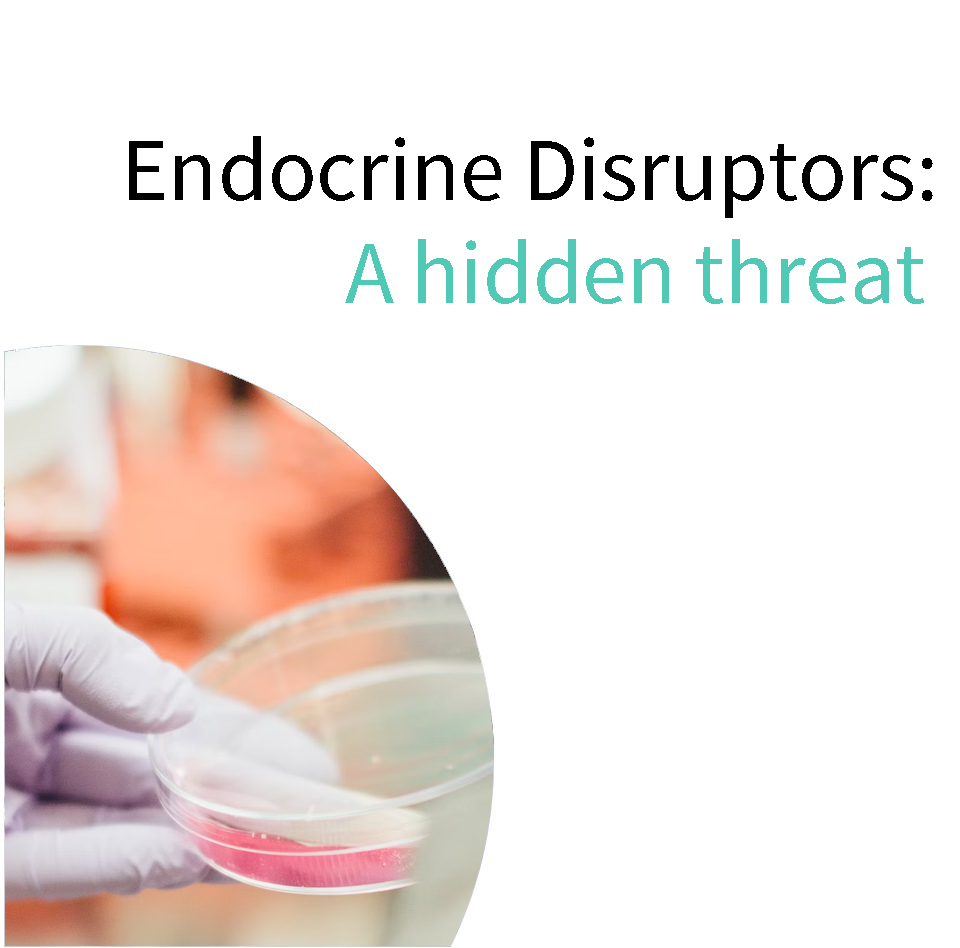
In today’s world, invisible yet potent chemicals known as endocrine disruptors (EDCs) are everywhere—from cosmetics to food packaging. These chemicals mimic hormones and interfere with the endocrine system, leading to serious health issues like reproductive disorders, diabetes, cancer, and developmental delays. Nicolás Olea, a leading researcher, highlights the presence of persistent chemicals, like perfluorinated compounds (PFAS), in our bodies and environment, calling this a “chemical soup” with unknown cumulative effects. Prenatal and prepubertal exposure to these disruptors raises particular concern, with links to early puberty and neurodevelopmental impacts.
How EDCs Affect Hormonal Communication
Hormones act as the body’s internal messengers, ensuring proper communication between organs and systems. EDCs disrupt these processes, either mimicking natural hormones or blocking their action. This interference can alter hormone production, transportation, and receptor binding, leading to imbalances. For example, chemicals like bisphenol-A (BPA), phthalates, and parabens are known to disrupt estrogenic, androgenic, and thyroid pathways, which could contribute to various health problems, including obesity and ADHD in children.
The Ubiquity and Persistence of EDCs
One of the major challenges posed by EDCs is their pervasive nature. Found in everyday items, from household cleaners to textiles, many of these chemicals—like polybrominated flame retardants and PFAS—persist in the environment and human tissue, earning them the nickname “forever chemicals.” These compounds are not only difficult to eliminate but also cause long-term damage to reproductive health, the immune system, and even liver function. Worryingly, they are also linked to metabolic disorders, such as obesity and diabetes.
Vulnerable Windows: Prenatal and Prepubertal Exposure
The impact of EDCs is particularly alarming during periods of development, such as prenatal stages and puberty. Studies suggest that prenatal exposure to certain EDCs, such as phthalates, can lead to language delays, while prepubertal exposure has been linked to an earlier onset of puberty. Research points to specific chemicals like synthetic nitromusks (commonly found in fragrances) as contributing factors, although more studies are needed to confirm these associations.
The Call for Action
Experts agree that more comprehensive research is needed to fully understand the effects of multiple, low-dose EDC exposures. Living in what is described as a “chemical soup,” scientists stress the importance of focusing not only on individual disruptors but on their combined effects. While individual actions—such as avoiding processed foods, improving indoor ventilation, and limiting plastic use—can reduce exposure, stronger regulatory measures are essential. Olea argues that legislation often lags behind the rapid development of new chemicals, leaving consumers exposed to potentially harmful substances for years before action is taken.
In conclusion, addressing the endocrine disruptor crisis requires a combination of informed individual choices and more aggressive policy changes to curb the use and release of these harmful chemicals into our environments. The health implications, particularly for vulnerable populations, make this a pressing issue for both science and public policy.


